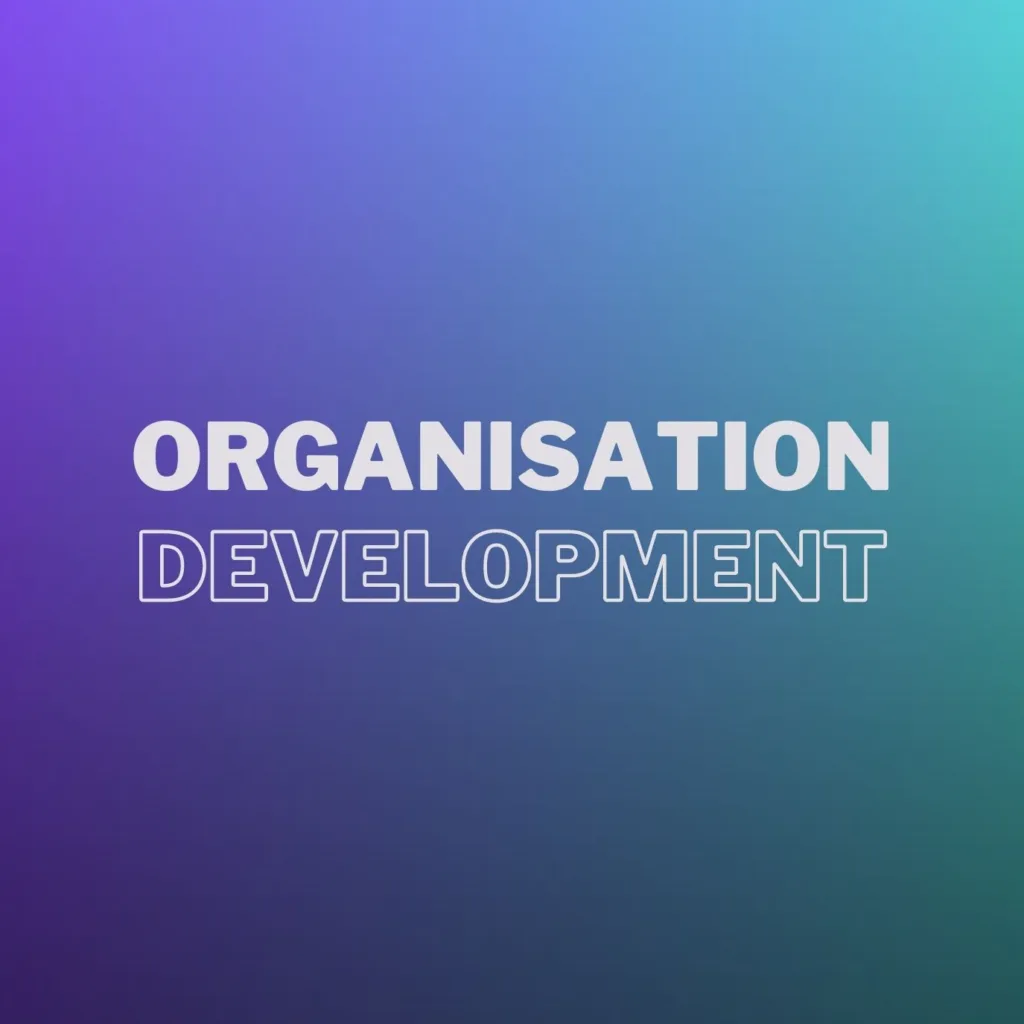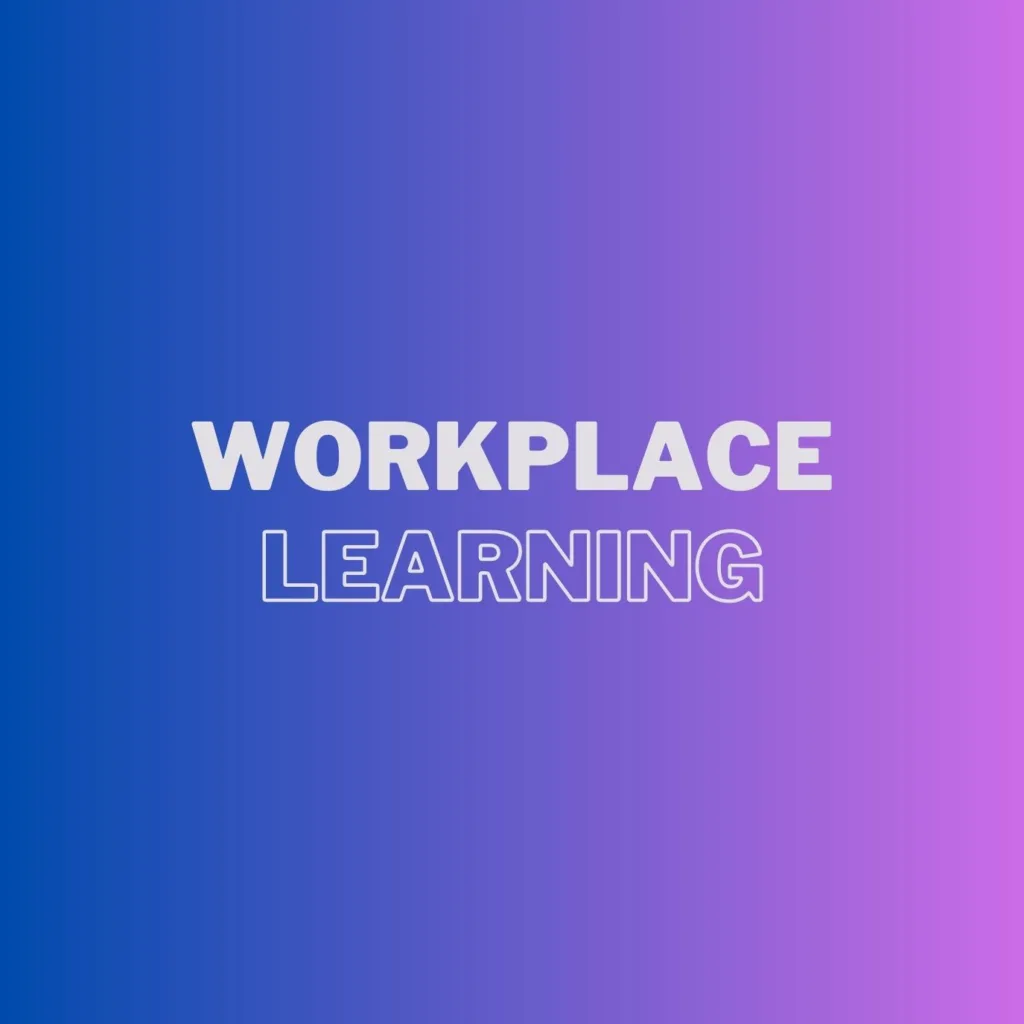A Comprehensive Guide to Competency Mapping

Competency mapping is a strategic HR process used to identify and analyze the knowledge, skills, and behaviors needed to perform tasks efficiently and effectively within an organization. It aids in understanding the capabilities of current employees, thus facilitating informed decisions on recruitment, training, and performance evaluation.
Understanding Competency Mapping
Competency mapping is a technique of evaluating the strengths and weaknesses of an employee or a team. It involves identifying key competencies for an organization and its jobs, and then using behavioral methods to map these competencies against the job roles.
This process plays a critical role in various human resource functions, from talent acquisition and management to training and development. By clearly understanding the competencies required for each job role, organizations can improve overall performance, productivity, and employee satisfaction.
The Relevance of Competency Mapping
Competency mapping provides a detailed analysis of an employee’s skills and knowledge, giving organizations a clear overview of their workforce’s capabilities. Here are some reasons why competency mapping is crucial:
- Recruitment: It allows organizations to identify the necessary skills for a job role, leading to better candidate selection during recruitment.
- Performance Assessment: It enables accurate and fair evaluations of an employee’s performance based on clearly defined competencies.
- Training and Development: It helps in identifying gaps in an employee’s skills, guiding the planning and implementation of training programs.
- Succession Planning: It supports identifying internal employees who have the potential to fill future leadership roles.
Steps in Competency Mapping
Here’s a step-by-step guide to conduct competency mapping in an organization:
1. Role Clarification
The process starts with a clear understanding of each job role within the organization. It involves defining the responsibilities and expected outcomes for each role.
2. Identification of Competencies
Identify the necessary competencies for each job role. These competencies can be knowledge, skills, or abilities related to the job.
3. Competency Assessment
Assess the existing competencies of employees in their respective roles. This assessment can be conducted using various methods, such as self-assessment, 360-degree feedback, or direct observation.
4. Competency Gap Analysis
Analyze the results of the assessment to identify gaps between the required competencies and the current competencies of the employees.
5. Training and Development
Based on the identified gaps, design and implement training programs to develop the necessary competencies. This step also involves monitoring and evaluating the effectiveness of the training programs.
Conclusion
Competency mapping is a powerful tool for enhancing organizational performance and productivity. By gaining a clear understanding of their workforce’s competencies, organizations can make informed decisions about recruitment, training, and performance management, and ensure that their employees have the skills necessary to succeed.
Our Repertoire


